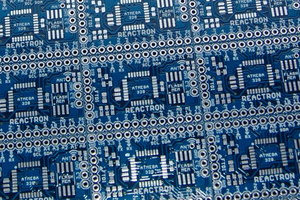The design and implementation of Virga will coincide with the 5 rounds of the 2016 Hackaday Prize.
Round 1 - Design Your Concept
In this round, I will fully lay out the plan for implementation in the latter 4 rounds. This will include an outline for the protocols to be used and overall system architecture.
Round 2 - Anything Goes
This round will focus on final protocol definition and implementation of a proof of concept system running on high level hardware.
Round 3 - Citizen Scientist
This round will focus on data collection with implementation on a low powered embedded device. The hardware used will likely be an ESP8266 or ESP32 depending on availability and platform support at the time of development.
Round 4 - Automation
This round will focus on simple communication between nodes as well as the ability to easily script interactions using a local controller running on a Raspberry Pi 3.
Round 5 - Assistive Technologies
This round will add a voice controller so that those with no or limited mobility will be able to interact with the system as well as making it easier and more convenient for others. (Plus it'll totally make me feel like I'm living in Star Trek.)
 Azdle
Azdle

 AKA
AKA
 Patrick
Patrick
 Arya
Arya
 Kenji Larsen
Kenji Larsen
Hi Azdle ! How is the project going?